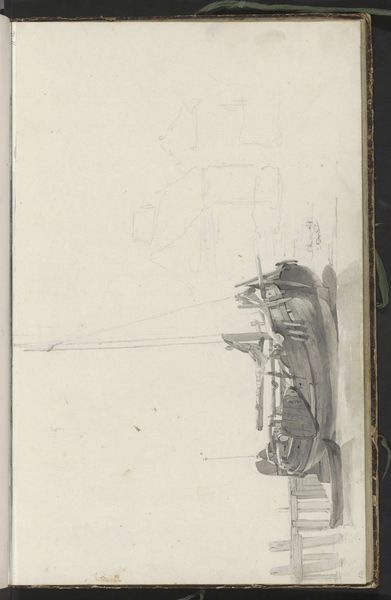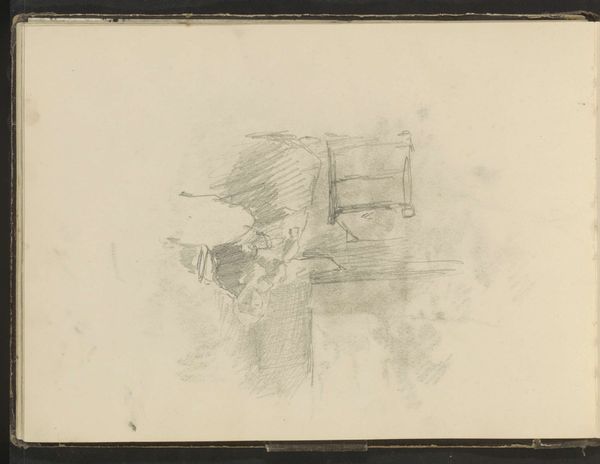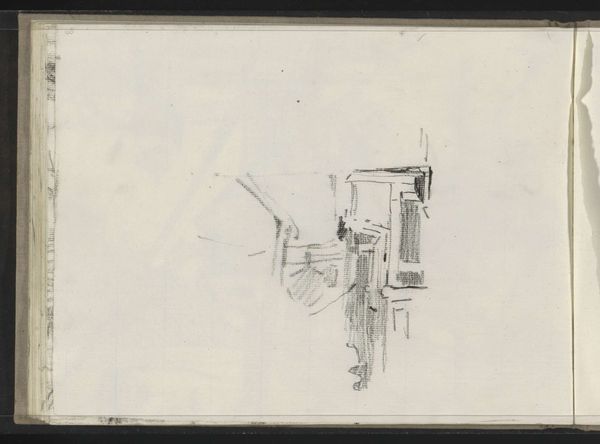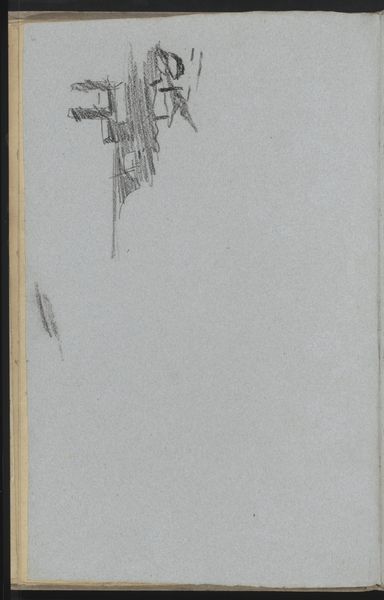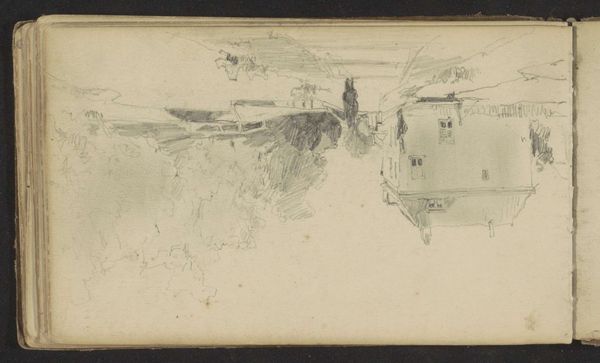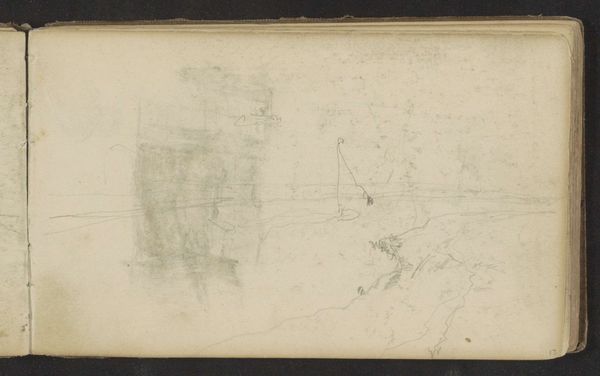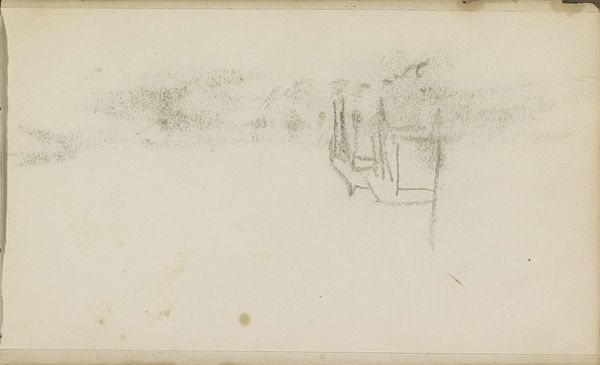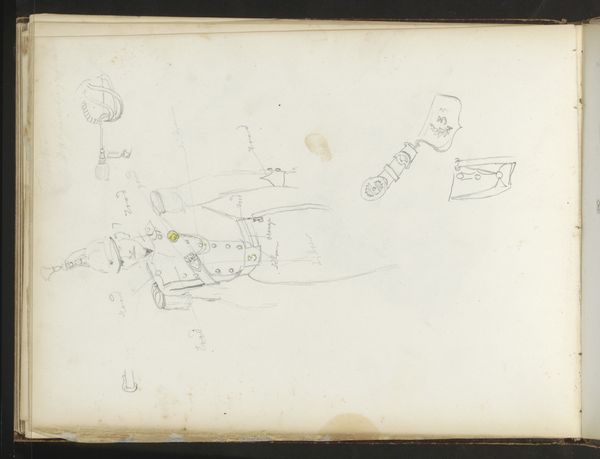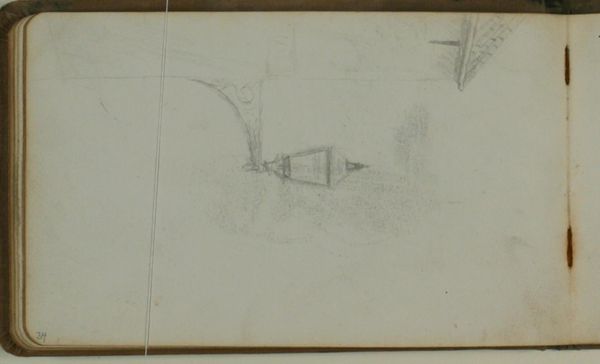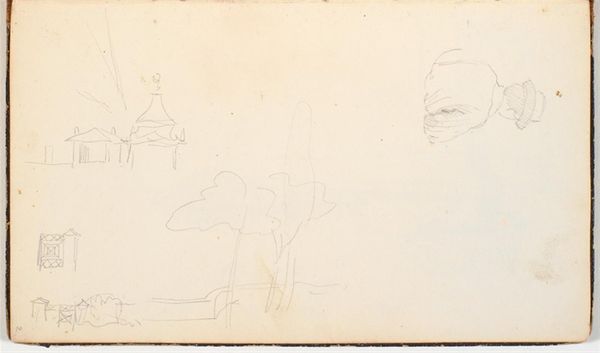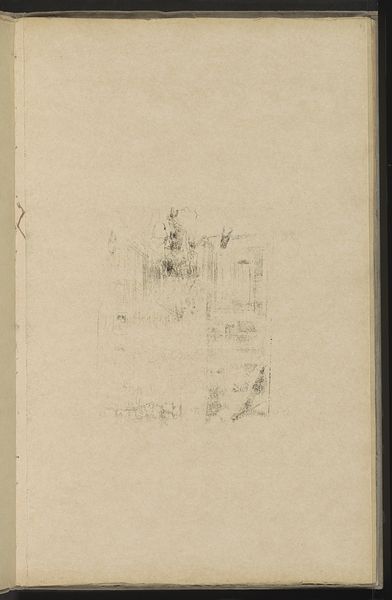
drawing, paper, pencil
#
drawing
#
landscape
#
paper
#
form
#
pencil
#
line
#
realism
Copyright: Rijks Museum: Open Domain
Editor: Today we're looking at "Hooiwagen en zeilboot," or "Hay Wagon and Sailboat," a pencil drawing on paper created by Johan Hendrik Weissenbruch between 1834 and 1903. It’s currently held in the Rijksmuseum. The sketch feels so immediate, capturing a fleeting moment. What strikes you when you look at it? Curator: It feels like a whispered memory, doesn't it? A captured fragment of the Dutch landscape. I’m immediately drawn to the almost ethereal quality, achieved through the lightness of the pencil strokes. Weissenbruch wasn't just documenting; he was capturing the essence of light and air, the very breath of the landscape. Can you see how the suggestion of form is more important than meticulous detail? Editor: I do, especially with the wagon. It’s there, but barely. Is that a typical characteristic of his work? Curator: Absolutely. Weissenbruch was part of the Hague School, which moved away from rigid realism towards a more impressionistic, atmospheric approach. They were interested in conveying emotion and mood through subtle variations in tone and texture, prioritizing feeling over photographic accuracy. I imagine him, sketchbook in hand, quickly jotting down impressions. He wanted to give an intimate view of everyday rural life. Almost like a visual poem, don’t you think? What emotions arise for you when considering this drawing? Editor: Definitely! A quiet sense of peace. The open composition leaves so much to the imagination. I see that sense of capturing light you described; how he conveyed so much with so little. Curator: Precisely! It’s a lesson in artistic economy. And also in the power of observation. A masterclass on less is more. Editor: I’ll definitely remember that the next time I’m staring at a blank page! Thanks so much.
Comments
No comments
Be the first to comment and join the conversation on the ultimate creative platform.
